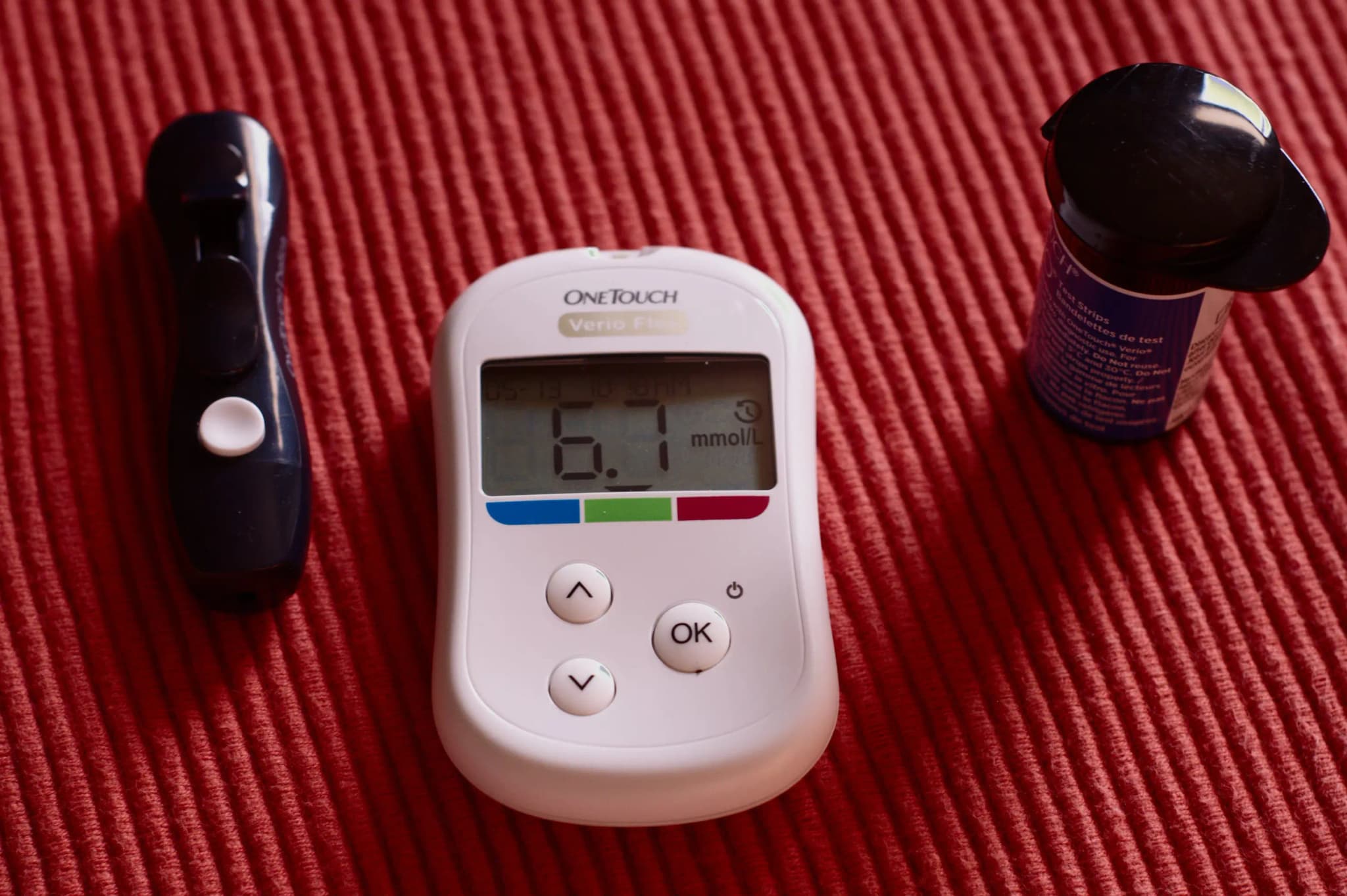Visual-first design is on its way out.
You're standing in your living room, and instead of fiddling with your phone or typing out a search query, you just say what you need. A simple voice command and it’s done. Now, hold that thought, because what you’re imagining is fast becoming the reality.
Last year, the number of voice assistants in use worldwide hit 8.4 billion, exceeding the global population.

In the U.S. alone, 71% of consumers prefer using voice search over typing, especially for quick tasks like setting reminders, checking the news, or playing music. And smart speakers, which were once a novelty, are now in over 40% of American households.
So, here’s the thing — voice as a medium is infiltrating everything from how we interact with machines to how we authenticate our identities.
The origins of voice tech
Voice technology has its roots in the 1950s and 1960s, when researchers first started experimenting with speech recognition. In 1952, Bell Laboratories introduced ‘Audrey’, a system capable of recognizing spoken digits with over 90% accuracy, only when spoken by its developer. By 1962, IBM’s ‘Shoebox’ could understand up to 16 words spoken in English. Despite these advancements, early systems were far from perfect.

The advent of Hidden Markov Models (HMMs) and machine learning techniques, used to identify parameters, had made speech recognition a little less of a tedious guessing game. Still, it wasn’t until the 2000s that we started seeing voice tech that could actually do something practical.
When was the last hype?
Siri was the star of the show when she launched in 2011. Instantly becoming a cultural moment, Apple’s voice assistant was a glimpse into what the future of tech could look like. Siri understood our natural language, adapted to our preferences, and, for better or worse, started answering our questions like she really knew us. But Siri was only scratching the surface of what voice tech could become. She didn’t exactly blow your mind with how well she understood you.

Then came Alexa in 2014, and the rest is history. You could set up your entire home to respond to Alexa, ask her to play music, order pizza, and even book a ride to your friend’s place. According to Voicebot.ai, Amazon's Alexa is the most popular virtual assistant in the United States. Her market share was more than 70% in 2022. Moreover, her capabilities have expanded significantly with new features such as voice recognition, integration with smart home devices, and the ability to make calls and send messages.
Where voice can be used and integrated
Voice interfaces are already in your home, car, and phone. Expect voice assistants to help manage tasks, schedule meetings, and answer emails. In fact, voice-powered customer service will replace the annoying “press 1 for this, press 2 for that” system with a simple, free-flowing natural conversation. And yes, even your fridge could tell you when you’re running low on milk.
The best part? No one will be judging you if you talk to your coffee machine to get it to brew your morning cup.
In more serious industries, doctors could start using voice tech to transcribe notes, read records, and interact with patients. In some cases, doctors could rely on it to follow up with patients post-surgery and ensure recovery is on track. It would be applicable to the general public as well. Whenever you want to know which medication your allergy pill is and which one is for high blood pressure. All it will take is a voice and a simple command.
But there’s a catch.
Where voice signatures work and don’t work
Though the technology has advanced a lot, it’s not bulletproof. In fact, there are ways to spoof voice signatures—like using recordings or even deepfake technology to impersonate someone’s voice. Pretty shady, right? Ignorance, in this case, is truly not bliss.
Here’s how voice signatures can be copied:
- Recording or playback: A recording of someone’s voice could potentially be used to mimic their voice signature.
- Deepfake technology: Advanced deepfake tools can synthesize convincing voice replicas using limited samples of a person’s speech.
- Synthetic voice cloning: AI-driven tools can clone a voice to generate phrases or sentences that match a person’s vocal characteristics.
Too soon to lose your marbles over this. There are countermeasures in place, such as the following:
- Anti-spoofing techniques: Modern systems use algorithms to detect playback attacks by analyzing the acoustic characteristics of live voices versus recordings. They check for microphone artifacts, background noise patterns, and audio spectrum inconsistencies.
- Liveness detection: Verifies that the voice is coming from a live speaker rather than a recording. Examples include requiring the speaker to say random phrases or respond to dynamic prompts.
- Multi-factor authentication: Combines voice signatures with other authentication methods, such as passwords, facial recognition, or device-based tokens, to increase security.
- Behavioral analysis: Analyzes speech patterns, such as intonation, pace, and rhythm, which are harder to mimic or clone accurately.
- AI and machine learning: Employ advanced AI models that continuously adapt to detect and block evolving spoofing methods.
The good news is that as the tech gets better, so will the security measures.
The future is voice-first
The next wave of design is going to focus on speaking to your devices, not tapping or swiping. Just like sight was the primary sense for design for centuries, voice will take over.

Design will be based around voice prompts, voice commands, and responses.
A recent review published in MDPI looks at how Voice User Interfaces (VUIs) have developed and how effective they are in improving natural interactions between humans and machines.
Two major things will become very important for users:
- Vocabulary will become crucial: You’ll need to be specific, nuanced, and clear in your voice commands.
- Articulating thoughts will become easier: Writing and typing might be a chore for many, but talking? It’s intuitive. Most people are better at articulating their thoughts through voice than through writing.
Every day, the way we interact with the world shifts toward voice-based commands. Kids, barely old enough to form full sentences, are already greeting Alexa and Siri like old friends from past lives. It’s a reminder that the future is learning through spoken words, a shift that, while subtle, is already reshaping how we communicate and seek answers.
But with the explosion of information around us, the challenge now is not just finding answers, but finding the right answers.
The right words, the right vocabulary. That’s going to be the next frontier.
People will become more deliberate about how they document things. With generative AI like Claude and ChatGPT already in the game, writing may soon become second nature to most. The fear of “writing conventions”, grammar rules, or just “getting it wrong” will fade as we welcome the ease and practicality of voice tech—of expressing our thoughts without hesitation.
The AI-infused voice technology will become your second brain—so fluid and intuitive that when you have a thought or need, it will conjure solutions out of thin air like a genie. You could wish for the genie to whip out a photo of you vacaying in Bali years ago or some poetry you wrote in the middle of a long night, and this genie will deliver without buffering.
He will be in tune with your foggy thoughts and dwindling memories. You need only ask.
In the popular sci-fi romance, Her, the protagonist falls in love with an AI assistant that can perfectly understand and respond to his every thought and emotion.

The real beauty of voice, though, is that it’s everywhere. And as we move toward an Internet of Things (IoT)-enabled world, every object you interact with will be able to respond to your voice.
For now, the real challenge will be whether machines can truly become an extension of our own voices.



